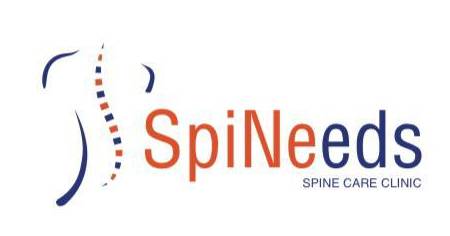KNOW YOUR SPINE:
The spine is made of 33 individual bones (vertebrae) stacked one on top of the other. This spinal column provides the main support for your body, allowing you to stand upright, bend, and twist, while protecting the spinal cord from injury.
Vertebrae:
Vertebrae are the 33 individual bones that interlock with each other to form the spinal column. The vertebrae are numbered and divided into regions: cervical (neck), thoracic (back), lumbar (low back), sacrum (low back), and coccyx (tail bone)
Intervertebral discs:
Each vertebra in your spine is separated and cushioned by an intervertebral disc, which keeps the bones from rubbing together. Discs are designed like a radial car tire. The outer ring, called the annulus, has crisscrossing fibrous bands, much like a tire tread. These bands attach between the bodies of each vertebra. Inside the disc is a gel-filled center called the nucleus, much like a tire tube.
With age, our discs increasingly lose the ability to reabsorb fluid and become brittle and flatter; this is why we get shorter as we grow older. Also diseases, such as osteoarthritis and osteoporosis, cause bone spurs (osteophytes) to grow. Injury and strain can cause discs to bulge or herniate, a condition in which the nucleus is pushed out through the annulus to compress the nerve roots causing back pain.
Spinal cord:
The spinal cord is about 18 inches long and is the thickness of your thumb. It runs from the brain to the 1st lumbar vertebra protected within the spinal canal. The spinal cord serves as an information super-highway, relaying messages between the brain and the body. The brain sends motor messages to the limbs and body through the spinal cord allowing for movement. The limbs and body send sensory messages to the brain through the spinal cord about what we feel and touch.
Any damage to the spinal cord can result in a loss of sensory and motor function below the level of injury. For example, an injury to the thoracic or lumbar area may cause motor and sensory loss of the legs and trunk (called paraplegia). An injury to the cervical (neck) area may cause sensory and motor loss of the arms and legs (called tetraplegia, formerly known as quadriplegia).
Spinal nerves:
Thirty-one pairs of spinal nerves branch off the spinal cord. The spinal nerves act as “telephone lines,” carrying messages back and forth between your body and spinal cord to control sensation and movement.
The spinal nerves innervate specific areas and form a striped pattern across the body called dermatomes (Fig. 10). Doctors use this pattern to diagnose the location of a spinal problem based on the area of pain or muscle weakness. For example leg pain (sciatica) usually indicates a problem near the L4-S3 nerves.
